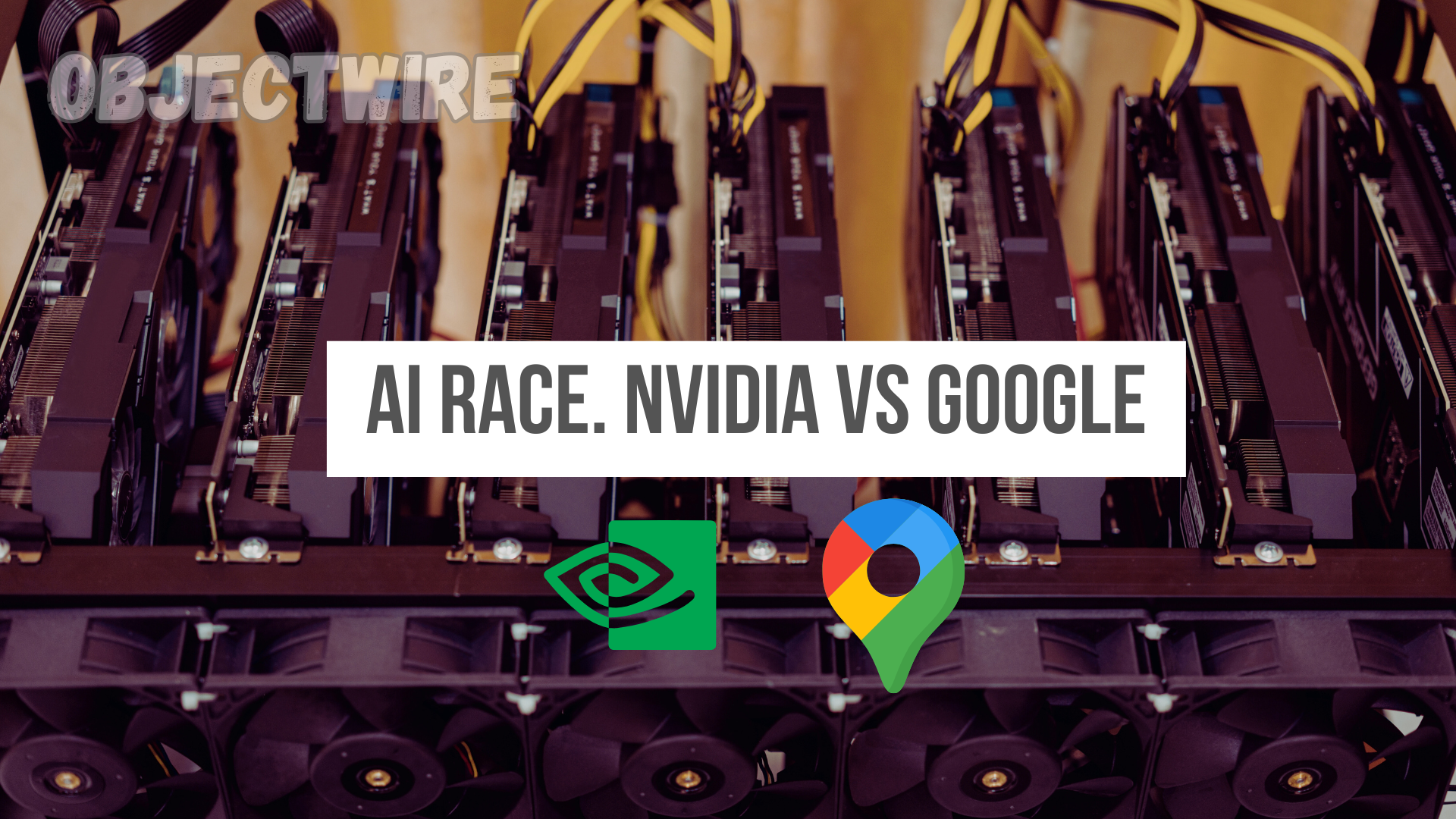Inside Palantir, what does the technology do? Stock price prediction, and Recent deal with US military
What Does the Palantir Technology Do? Stock Price Predictions and Recent U.S. Military Deal
Imagine a world where vast, chaotic data streams are tamed into clear, actionable insights in real time, guiding soldiers on the battlefield or tracking global threats. This is the promise of Palantir Technologies, a data analytics powerhouse reshaping defense and government operations. On July 31, 2025, Palantir secured a landmark $10 billion U.S. Army contract, cementing its role as a military tech titan. But what exactly does Palantir’s technology do, and can its soaring stock sustain its meteoric rise? Amid privacy controversies and bold ambitions, let’s dive into Palantir’s inner workings, its latest deal, and what the future holds for its shares.
The Heart of Palantir’s Technology
Founded in 2003 by Peter Thiel, Alex Karp, and others in Palo Alto, California, Palantir emerged from PayPal’s fraud-detection roots to tackle complex data challenges. Its mission: empower organizations to make informed decisions by transforming disparate data into actionable intelligence. Palantir’s platforms, Gotham and Foundry, are the backbone of this vision, integrating AI, machine learning, and data analytics to solve problems at scale. Learn more about Palantir’s platforms here.
- Gotham Platform: Designed for defense and intelligence, it fuses data from satellites, sensors, and human intelligence, enabling real-time threat analysis. For example, it’s used in counterterrorism to uncover hidden networks.
- Foundry Platform: A commercial tool adapted for government logistics, supply chain optimization, and infrastructure protection.
- Key Features: Real-time data integration, interactive visualizations, robust encryption, and AI-driven pattern recognition ensure secure, user-friendly insights.
Palantir’s tech has been deployed across nearly every U.S. Army mission since 2008, from intelligence to logistics, cutting decision times from hours to minutes. But does this power come at a cost to privacy? The answer lies in its applications and controversies.
The $10 Billion Army Deal: A Game-Changer
On July 31, 2025, the U.S. Army awarded Palantir a 10-year Enterprise Service Agreement, consolidating 75 contracts (15 prime, 60 subcontractor) into a single deal worth up to $10 billion. This “a la carte” contract, as described by Army Contracting Command’s Danielle Moyer, allows flexible purchasing of Palantir’s AI tools, data analytics, and software, slashing procurement timelines and costs. Read more on the deal here.
The deal, the largest in Palantir’s history, supports:
- Operational Efficiency: Streamlining logistics, equipment maintenance, and troop deployments.
- Warfighting Readiness: Enhancing AI-driven decision-making for threats like cyberattacks or missile defense.
- Cost Savings: Eliminating pass-through fees and leveraging volume discounts, potentially saving millions.
Army CIO Leonel Garciga called it a “pivotal step” in modernizing capabilities while being fiscally responsible. This follows a $178 million Army contract for AI systems and a $795 million Maven Smart System expansion in May 2025, underscoring Palantir’s deep Pentagon ties. Yet, the question remains: Can Palantir deliver on this massive scale without ethical missteps?
Stock Price Predictions: Palantir Riding the AI Wave?
Palantir’s stock (NASDAQ: PLTR) has been a Wall Street darling, surging over 100% year-to-date in 2025 to around $30 per share, driven by defense contracts and commercial growth. Its Q2 2025 revenue hit $725.5 million, up 30%, with U.S. government contracts contributing $373 million, a 45% jump. Analysts are bullish, with Bank of America raising its price target to $50, citing Palantir’s “unique positioning” in AI and defense. See analyst insights here.
- Bull Case: Continued defense wins, like the $10 billion Army deal and a $36.8 million SOCOM contract, plus NATO partnerships, could push PLTR to $45-$55 by 2026, especially if commercial revenue (up 54%) sustains momentum.
- Bear Case: High valuations (P/E ratio ~80) and competition from Anduril, OpenAI, and traditional defense giants like Lockheed Martin could cap growth. Privacy concerns may also deter commercial clients.
Posts on X reflect mixed sentiment, with @TechBit praising Palantir’s “unmatched” AI but @InvestWise warning of overvaluation. A bearish “double top” pattern in the Dow, noted by Katie Stockton, suggests market volatility could hit PLTR. Still, with a $18 billion valuation and Trump’s efficiency push, Palantir’s stock looks resilient, though not without risks.
Palantir Partnership with the United States Military
Palantir’s partnerships extend beyond the Army. A December 2024 deal with Booz Allen Hamilton aims to modernize IT infrastructure and enhance coalition warfighting, creating a prototype in just 45 days. Collaborations with Anduril and Voyager Space bolster AI training and space tech, positioning Palantir as a leader in JADC2 initiatives.
The Future: Innovation vs. Accountability
Palantir’s technology is a force multiplier, enabling faster, smarter decisions in high-stakes environments. Its role in counterterrorism, cybersecurity, and logistics is unmatched, with 35% of Army missions now relying on its platforms. Yet, as competition from tech rivals grows and privacy concerns persist, Palantir must balance innovation with accountability.
The $10 billion Army deal cements Palantir’s dominance, but scaling to meet a decade-long commitment while navigating federal bureaucracy and public scrutiny will be critical. Can Palantir redefine defense tech without sacrificing trust?
Contact Us






